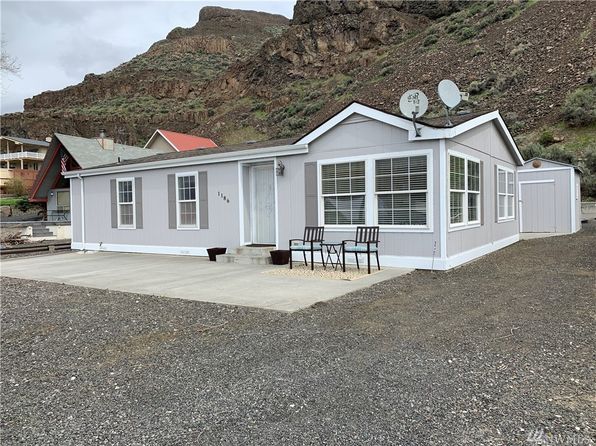

The population density was 2,252.8 people per square mile (869.4/km 2). The gender makeup of the city was 50.7% male and 49.3% female.Īs of the census of 2000, there were 5,044 people, 1,470 households, and 1,176 families residing in the city. 36.6% of residents were under the age of 18 11.5% were between the ages of 18 and 24 26.9% were from 25 to 44 16.6% were from 45 to 64 and 8.3% were 65 years of age or older. The median age in the city was 26.2 years. The average household size was 3.51 and the average family size was 3.87. 15.1% of all households were made up of individuals, and 6.7% had someone living alone who was 65 years of age or older. There were 1,915 households, of which 55.2% had children under the age of 18 living with them, 55.2% were married couples living together, 16.2% had a female householder with no husband present, 9.0% had a male householder with no wife present, and 19.5% were non-families. Hispanic or Latino of any race were 74.3% of the population. The racial makeup of the city was 54.9% White, 0.4% African American, 0.9% Native American, 0.7% Asian, 0.2% Pacific Islander, 40.6% from other races, and 2.4% from two or more races. There were 2,020 housing units at an average density of 407.3 per square mile (157.3/km 2). The population density was 1,360.9 inhabitants per square mile (525.4/km 2). 2010 census Īs of the census of 2010, there were 6,750 people, 1,915 households, and 1,541 families residing in the city. Grand Coulee Dam ĭemographics Historical population Censusįishing, hiking and bird-watching occur at nearby Quincy Lake, a remnant of the temporary Pleistocene lakes that were created by flood waters from glacial Lake Missoula. Quincy was founded as a railroad camp during construction of the Great Northern Railway in 1892, and was incorporated on March 27, 1907. The area also has an abundance of rimrock. Glacial erratics carried from as far away as Montana can be found nearby. The Missoula Floods had one of their outlets at Trinidad, close to Quincy and another near Ancient Lakes, which includes the Ancient Lakes of the Columbia Valley AVA.

Quincy lies atop a part of the Columbia River Basalt Group which is overlain by Pleistocene outburst flood deposits.

Quincy is the one of the closest cities to The Gorge Amphitheatre. The population was 7,543 at the 2020 census. It is situated east of the Columbia River on State Route 28 and north of Interstate 90. Quincy is a city in Grant County, Washington, United States.


 0 kommentar(er)
0 kommentar(er)
